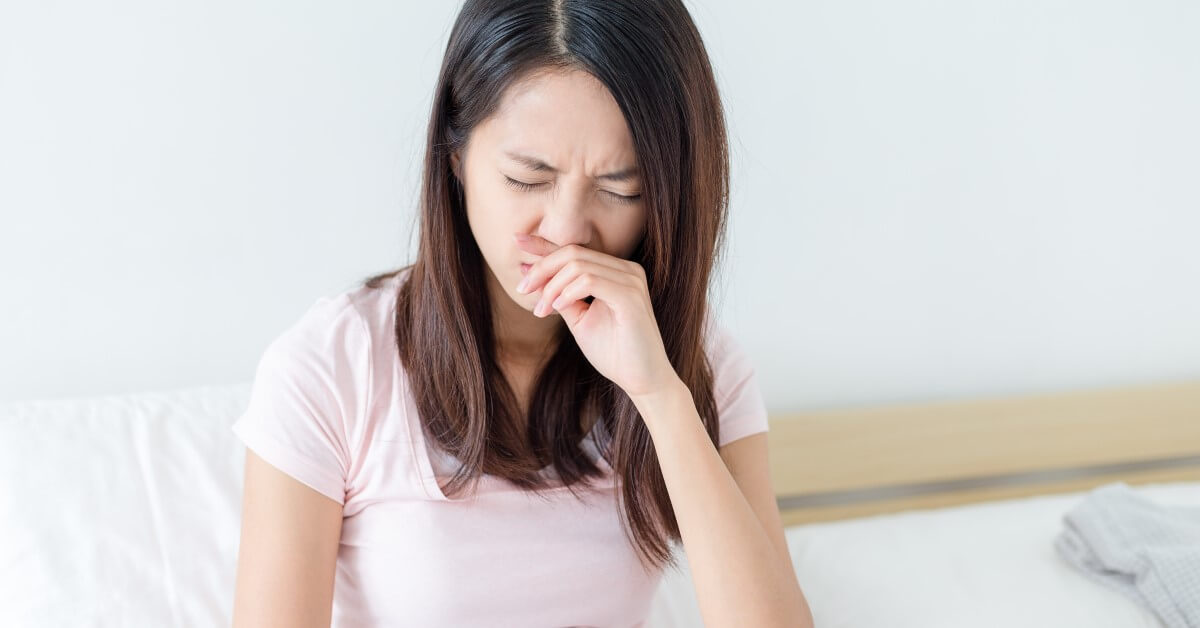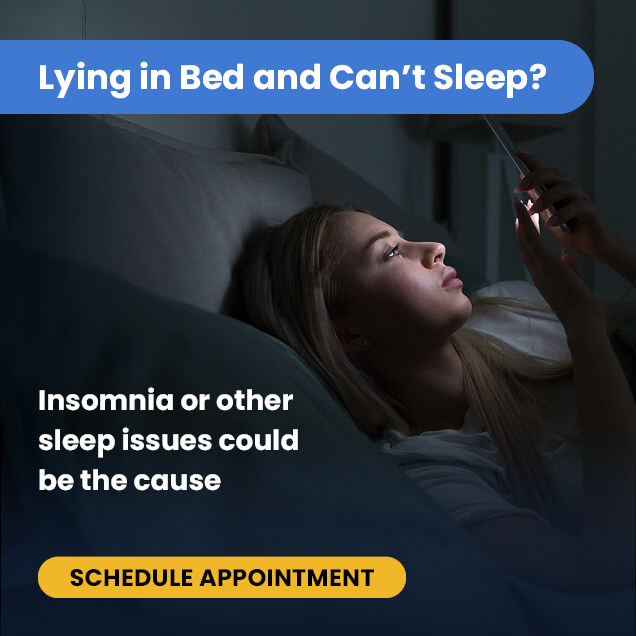Overview
Seasonal allergies can ruin the sleep patterns you’ve worked so hard to build. Some common symptoms of seasonal allergies are itchy eyes, runny nose, nasal congestion, and even a cough.[1]
Although you can easily treat these symptoms with over-the-counter drugs and antihistamines, you may still experience poor sleep outcomes.[2]
Furthermore, many anti-allergy medications are sedative and may compound sleep issues or cause worrisome scenarios like sleep aid tolerance.[3] Regarding allergy and sleep, prevention is much safer and wiser than cure.
Tips to Prepare Your Bedroom for Allergy Season
1) Start with Deep Cleaning and Decluttering
Spring cleaning may sound like a threat to any allergy-prone individual. Yet, keeping your room allergen-free throughout the season is an important step.
While cleaning every nook and cranny, consider what needs to be in your bedroom and what doesn’t. Objects like books and furniture tend to hold onto dust, which can trigger allergies. The less the clutter, the easier your subsequent clean-ups will be.
2) Get Rid of Dust Mites
After deep cleaning, take all your furniture into the sun for a tan. Dust mites are microscopic insects introduced alongside dust. They feed on dander from pets and the flakes you shed on your sheets and mattress ever so often.
Dust Mites themselves can cause you to sneeze or itch. They typically hide in curtains, bedding, or furniture. You can get rid of them by leaving your upholstery in the sun.
3) Use Dust-Mite-Proof Hypoallergenic Bedding
Preserve all your hard work by stocking up on hypoallergenic bed sheets, pillowcases, blankets, and even pajamas. If you keep the dust at bay and regularly change your bedding, you should have no dust mite allergies.
4) Keep Windows Closed
Pollen is a major allergen and sneezing trigger. A cool spring breeze may bring the smell of flowers, but it lets pollen float into your room. The fine pollen particles can settle on the mucous membranes of the nose and eyes, irritating them and causing sneezing, scratchy throat, or irritated eyes.
5) Give the Ceiling Fan a Break
Your ceiling fan may be circulating dust right into your nostrils. Dust and allergens settle on the fan’s blades when not in motion. Thus, when you turn it on, you distribute that accumulated dust around your room.
Also, a ceiling fan may dry out your nasal membranes. This effect either predisposes you to more allergies or encourages the overproduction of mucus, which can cause headaches and a stuffy nose.
6) Use an Air Purifier
Since leaving your windows ajar will introduce allergens, you are better off with an air purifier. Air purifiers have HEPA (High-Efficiency Particulate Absorbing) filters that trap and remove allergens like dust, pollen, and pet dander by pulling air through a fine filter.
Air purifiers can be a great help in reducing allergies. Place it within your breathing zone to get the most out of your air purifier. The closer the purifier is to your head, the better the results. For example, placing your purifier on your bedside table while sleeping can keep you allergen-free all night.
7) Take the Rugs Out or Vacuum Every Other Day
Rugs are known to harbor dust and dust mites, so taking them away during allergy season is not a bad idea. However, if that is not practical, you may have to vacuum your carpets and rugs frequently. The more often you clean, the less dust you’ll have in your house.
8) Keep Outside Clothes Outside
When you return from a long day, remove your clothes before sitting on your hypoallergenic bedding, lest you transfer pollen to them.
Also, keep your dirty laundry and dusty shoes outside your bedroom since they can introduce allergens. In the same vein, avoid drying your clothes in an open space. The dryer will do for now.
Conclusion
In conclusion, vigilance should be the watchword for the allergy season. Form a habit out of these little hacks and watch your sleep quality improve.
References:
- Farrer, Fae. (2013). Seasonal allergies: allergies. SA Pharmacist’s Assistant, 13(4), 19-20.
- Craig, T. J., Teets, S., Lehman, E. B., Chinchilli, V. M., & Zwillich, C. (1998). Nasal congestion secondary to allergic rhinitis as a cause of sleep disturbance and daytime fatigue and the response to topical nasal corticosteroids. The Journal of allergy and clinical immunology, 101(5), 633–637. https://doi.org/10.1016/s0091-6749(98)70171-x
- Nolen T. M. (1997). Sedative effects of antihistamines: safety, performance, learning, and quality of life. Clinical therapeutics, 19(1), 39–3. https://doi.org/10.1016/s0149-2918(97)80071-9






